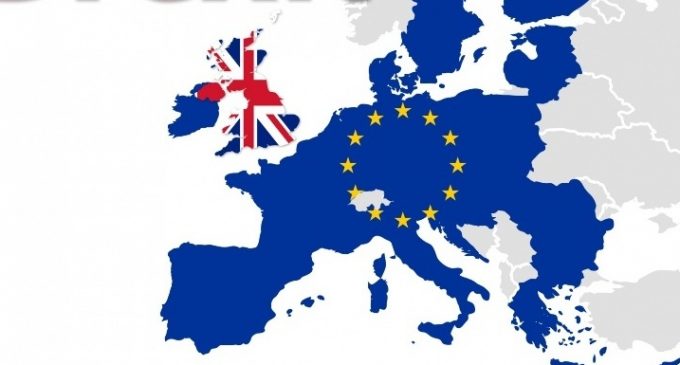Brexit reduced overall EU-UK goods trade flows by almost one-fifth

Research by the ESRI (Economic & Social Research Institute) shows reductions in UK to EU goods trade by 16% and trade from the EU to UK by 20% relative to the scenario in which Brexit had not occurred. The comparison scenario is that trade with the UK should have been expected to grow at a similar pace to that of the same products being traded with other EU partner countries around the world. Although goods trade between the EU and UK recovered most of its previous level in value terms following the sharp fall in the early months of 2021, this recovery leaves it well below the levels that would have been expected if it had performed on a comparable level with other trade partners.
The findings of the research show that measuring the impact of Brexit on UK-EU trade can give varied results depending on the data source and comparison group used. An important question in the estimation of how much Brexit affected EU-UK trade is “compared to what?” Global exports of goods from the UK have been growing slowly. This may have been partially a result of Brexit spillover effects on supply chains. The impact of Brexit on EU-UK trade, therefore, does not appear as large if compared to UK trade with the rest of the world as it does when compared to the faster-growing performance of EU trade.
The research also examines in detail how some changes to the collection of trade statistics by Eurostat could have impacted previous estimates of the size of the Brexit effect. The most accurate result comes from a combined set of UK and EU data sources to minimise the effect of these technical changes.
The ESRI also look across EU member states using this hybrid data approach and find that Brexit has led to a significant decline in trade with the UK in almost all cases although by varying magnitudes. For most countries across the EU, the size of the impact is broadly similar for both export and imports. Ireland stands out as having had a particularly large reduction in imports from the UK relative to its other international trade patterns. Exports from Ireland to the UK, on the other hand, continue to perform in line with those of other markets with no notable impact to date of Brexit on the total levels traded. As the paper uses data for the UK as a whole, the increased trade between Ireland and Northern Ireland may play a role in this outcome. The research does not examine if there is variation across product types that may have had some firms experience reductions in exports to the UK and services trade was not examined due to more limited data availability.
While the ESRI’s results highlight the importance of the appropriate comparison group in assessing the impact of Brexit, this leaves open for future research the question of whether the patterns of relatively slow UK export growth to the rest of the world and more rapid import growth can themselves be attributed a Brexit effect, perhaps via changing supply chains.



























